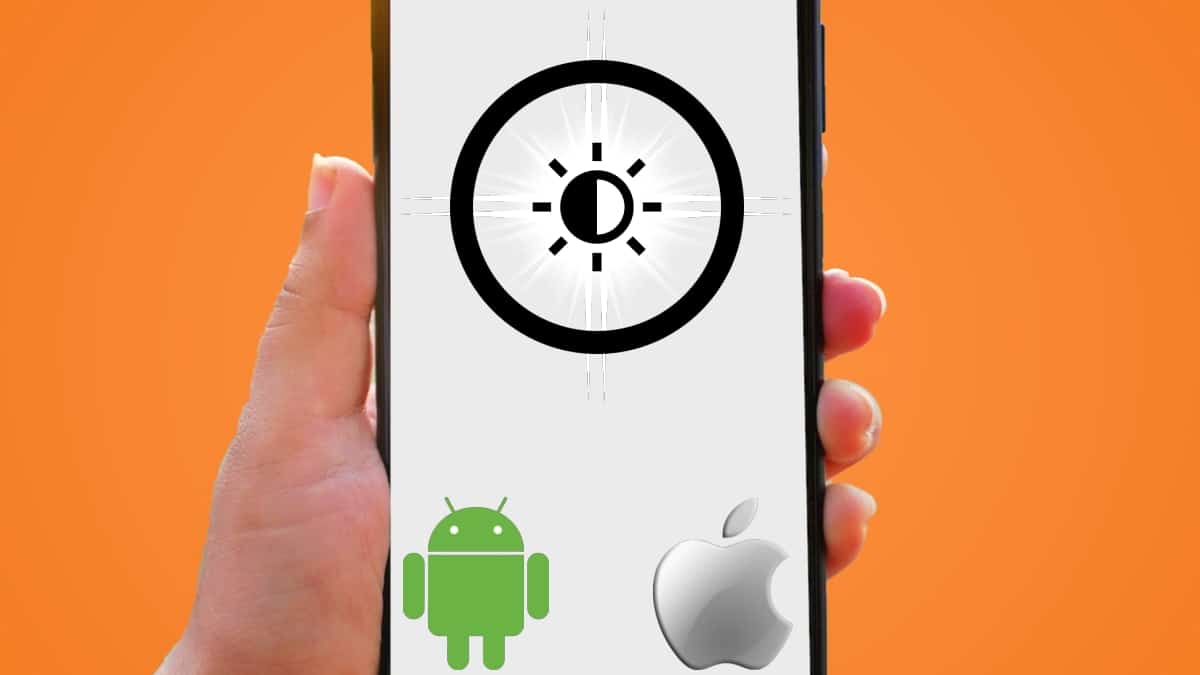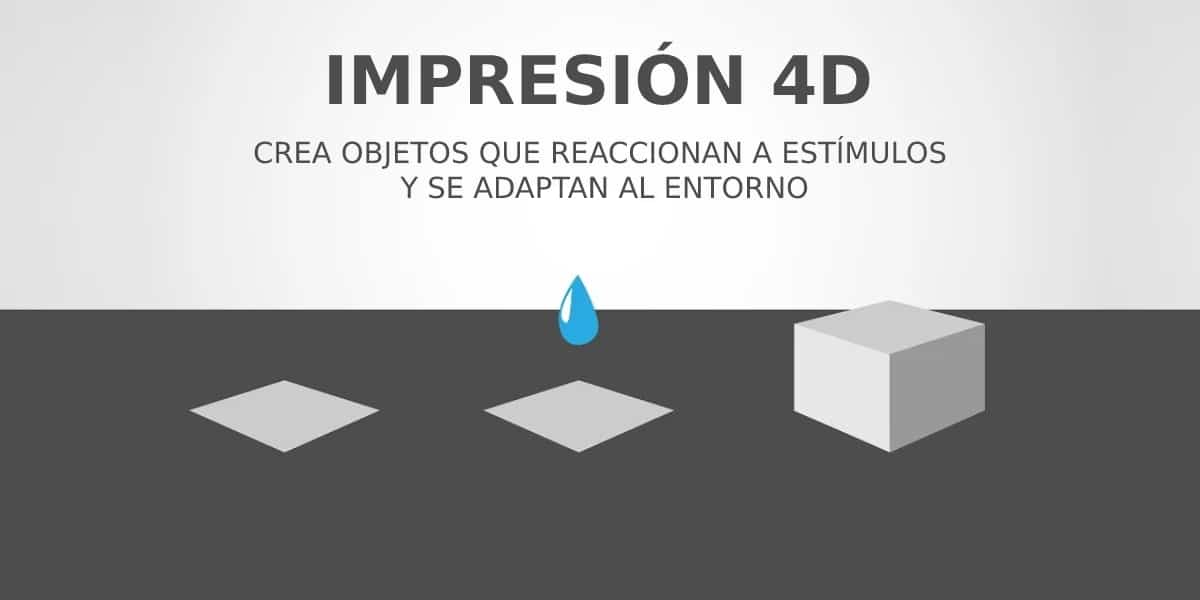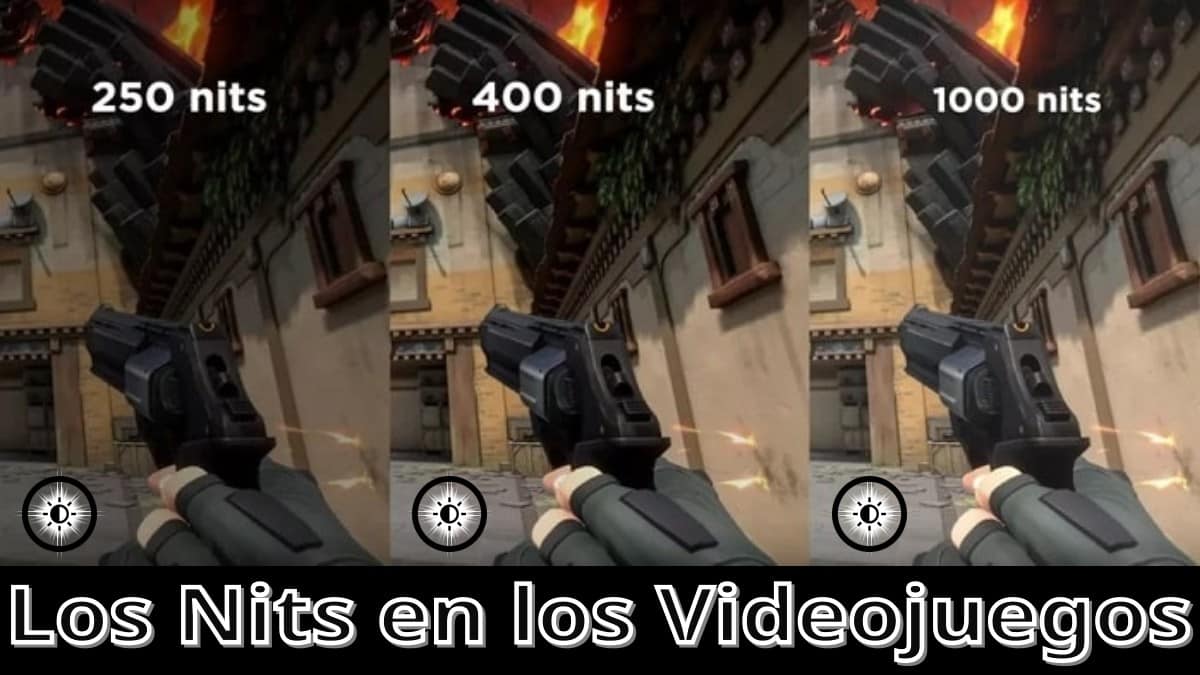
What are Nits and what is their importance on screens?
like the good technology website that we are, we usually cover technological issues directly or indirectly related to both computer equipment (computers, laptops and mobiles) as with operating systems (Windows, macOS, GNU/Linux, Android and iOS). Also, of course, with issues related to various websites and the best-known social networks and instant messaging platforms. Therefore, sometimes we share with our growing Community technological topics, both very common and practical, as well as some few known and theoretical.
Being, surely, a good example of the latter, our topic today, where we will explore «what are the Nits» and its relationship and importance has when it is applied on screens or monitors of the various electronic equipment that we know and use on a daily basis.

If you have come this far, you are surely surprised by this concept (Nits) little known or handled by many when it comes to talking about screens and monitors of electronic equipment. Since, others are usually better known or handled, such as Lumen and Candela, when talking about lighting and luminosity in general.
However, to get a optimal user experience in high light environments, the screens or monitors of electronic devices such as televisions, monitors and smartphones must have a good ratio of nits to be able to offer it. Therefore, in this article today, we will focus on explaining in depth everything necessary about it. As in other opportunities we have done with other fashionable or highly important technological concepts.


What are Nits?
Directly and as simply as possible, we could mention or describe that nits are a unit of measurement of luminance, that is, the amount of light or candela emitted by a source in a given direction. Or explained in even simpler terms, Nits represent or measure the amount of light that reaches our eyes from a screen. Therefore, the higher the number of Nits, we will be referring to the brighter the screen will be.
Application and importance of Nits
Additionally, Nits are often used in the electronics industry to measure screen brightness. For example, most modern electronic devices have a brilliance capacity that varies from 200 to 1000 Nits, while a few (high-end or special configurations) usually exceed 1000 Nits. What, would make them capable of producing very bright and sharp images, even in well-lit or high-luminosity environments.
However, and as an important fact, a good percentage of the manufacturers of equipment with screens or monitors does not usually provide such information and more, when it comes to their luminosity. Therefore, although they handle the technology and the concept, at the user level many times the information is not specified or expressed with precision, in the technical sheet or manual of the same.
But, if your Television, Monitor or Mobile has said specification well clarified, then great. Furthermore, if the case is at the time of evaluate and compare equipment to buy. Since, bearing in mind that, One Nit is equal to one candle per square meter., it is clear to us that, speaking of screens and monitors, a screen with more nits is capable of emitting more light than one with fewer nits. And that is the important thing, due to the fact that, in very bright environments, we can better see what is displayed on the screen.

Other related units of measure
As we stated at the beginning, the related units of measure with the theme of lighting or luminosity are the Lumen and the Candela. Therefore, we will briefly clarify each of them, to know the relationship between the 3.
Lumen
Referring to International System of Units (SIU), which is the highest entity or organization in terms of setting concepts of measures, a Lumen (LM) It is a unit of measurement that allows us to measure the luminous output of an object. Or in other words, a unit of measurement that allows us to quantify the amount of light that an object can emit, both natural and artificial.
However, this luminous flux unit in a more technical or scientific way it is described as the equivalent to the luminous flux emitted by a uniform point source located at the vertex of a solid angle of one steradian and whose intensity is one candela.
Consequently, and omitting the little-known concepts mentioned (steradian and candela), this should be understood as follows: The more lumens an object has, the more light output it has.
Candle
Being clear about the meaning of Lumen, a clear and simple way to understand the concept of this unit of luminous intensity called Candela (CD) is as follows: It is the luminous intensity of a light source in a given direction..
However, in a more technical and scientific way, and again citing the International System of Units, a Candela is a unit of measurement of light intensity, which refers to the luminous intensity in a given direction from a source that emits monochromatic radiation of frequency 540 × 10^12 hertz and whose energy intensity in that direction is 1/683 watts per steradian.
In simpler terms, and omitting the complicated jargon again, this should be understood as follows: The candle measures the amount of light emitted in a specific direction by a light source It emits radiation in the wavelength of visible light.
Luxury
Finally, and in case you like the subject of measurement units related to lighting or illuminance, there is another well-known one in this area called Lux (LX), which is equivalent to one lumen per square meter. So it is a unit derived from the SIU, based on lumen, which in turn, is a derived unit based on the candle.
Its use in the screens of electronic equipment
Finally, and going back a little bit to the topic of the application and importance of Nits on the screens of electronic devices (equipment), it is worth specifying then that these are a way of determining the quality of the image displayed on a screen. .
For example, at the hardware level, if a screen has a low amount of Nits, the image will be darker and less sharp, which may make it difficult to view in high light situations (bright light in the environment). On the contrary, if a screen has a high amount of Nits, the image will be brighter and sharper, which will make it easier to see what is displayed in high light situations.
Another example, but at the software level, is the case of its use in the video game industry. Since, in video games, the brightness can affect the gameplay and immersion in the game. Therefore, they can use Nits as a way to ensure that their developed games are compatible (look good) on different electronic devices and in different lighting conditions.


In short, and as has become clear, Nits are an excellent technical reference to take into account when acquire or compare image quality of an electronic device in high light environments.
However, it should not be forgotten that, Nits are one of several technical elements that determine the quality of the image on a screen. And what, factors like resolution, refresh rate and contrast, also play an important role in this process of offering an excellent user experience at the level of viewing the content displayed.